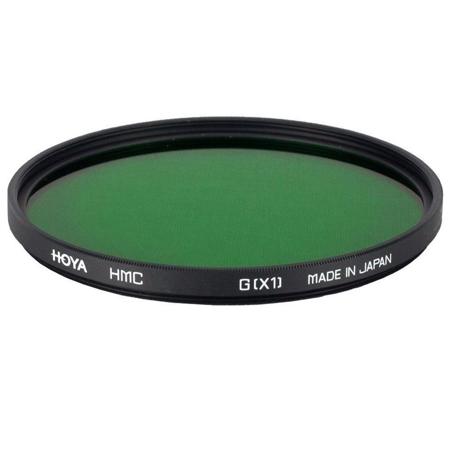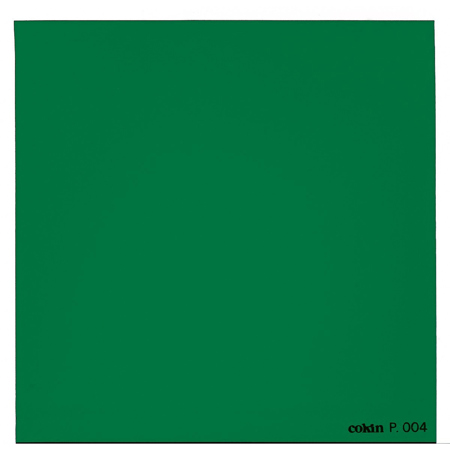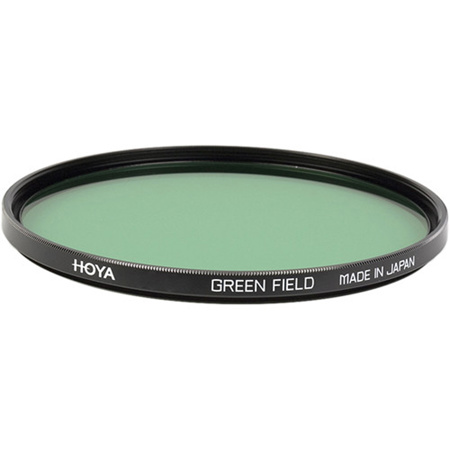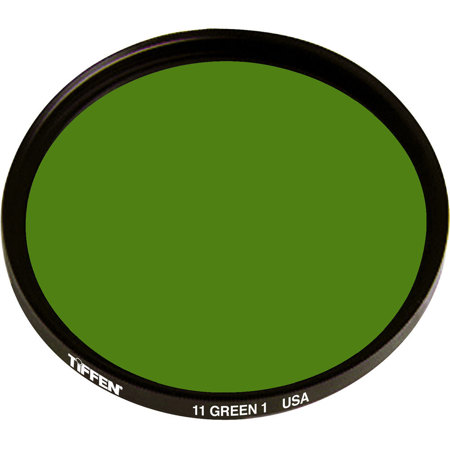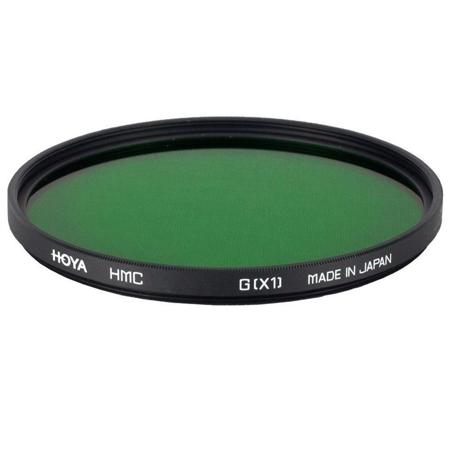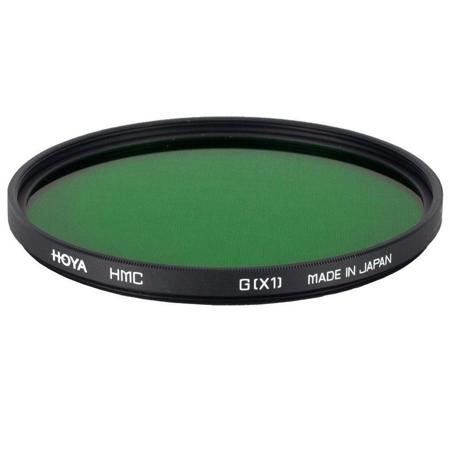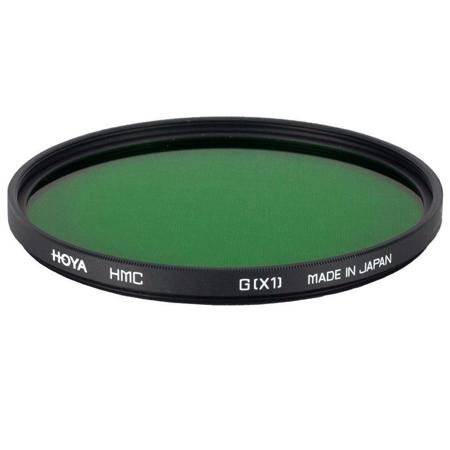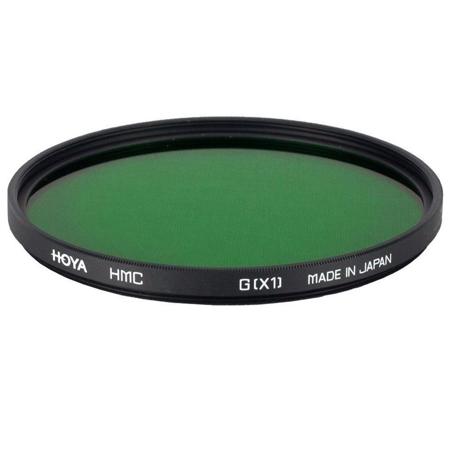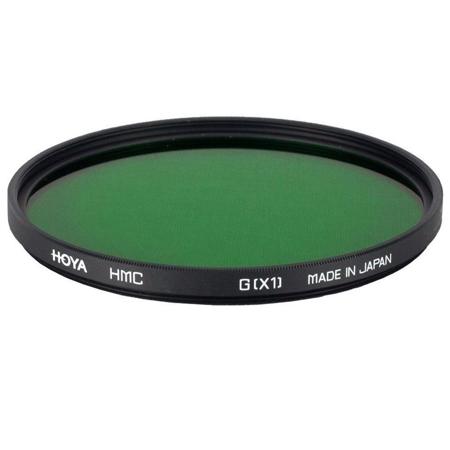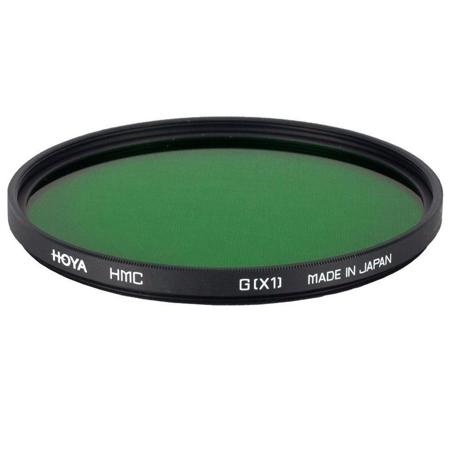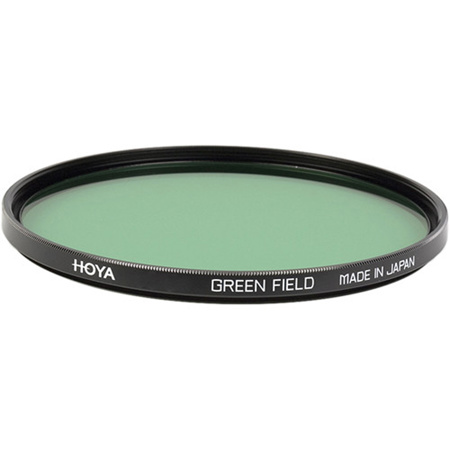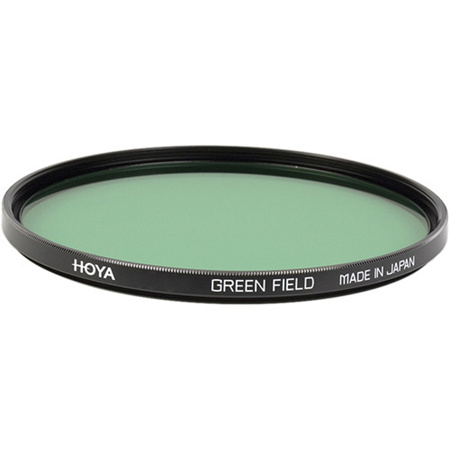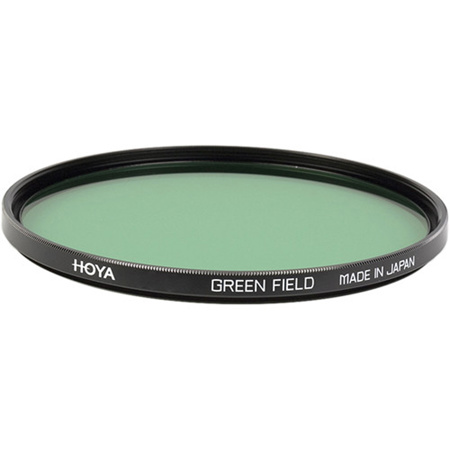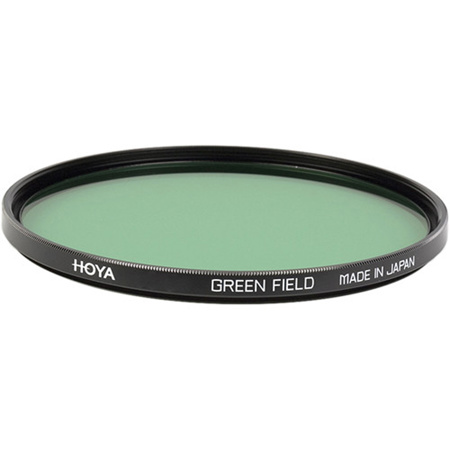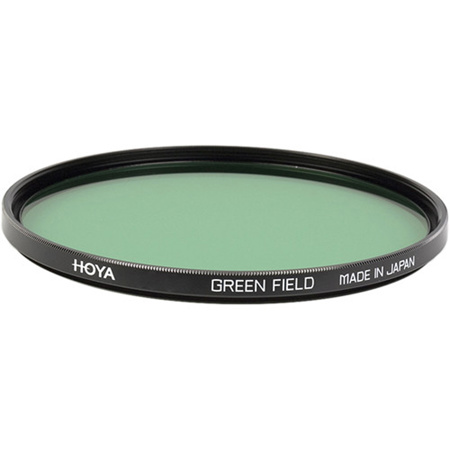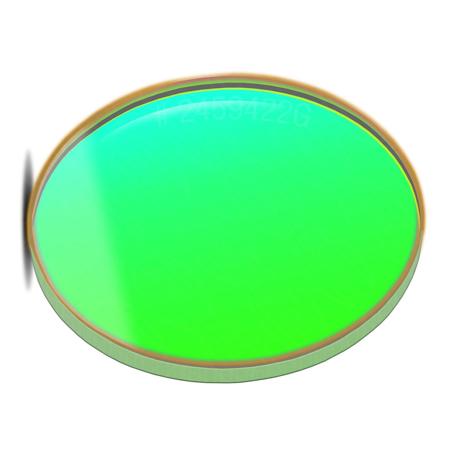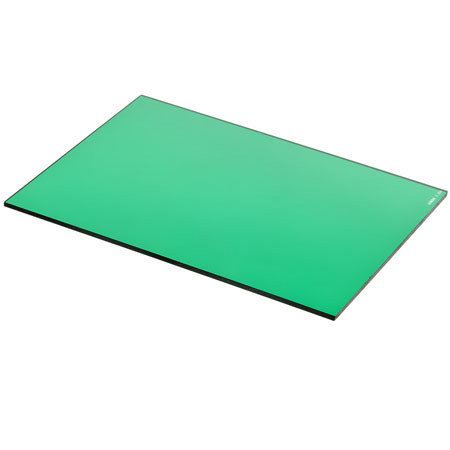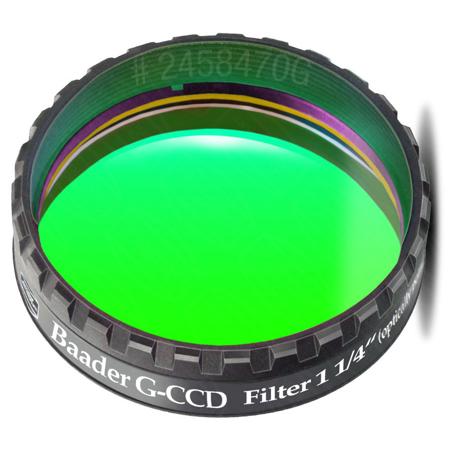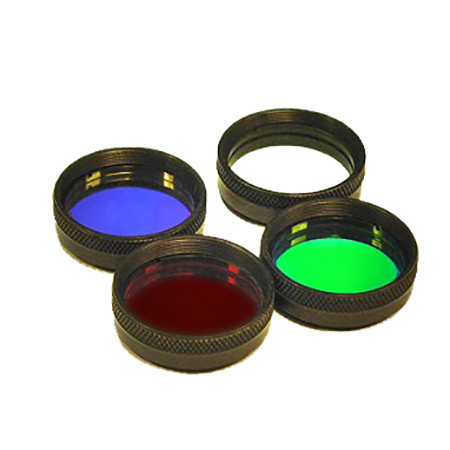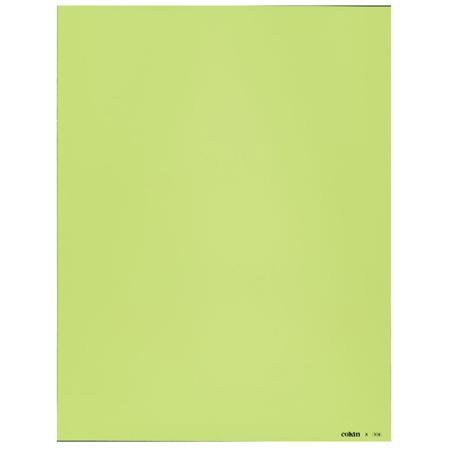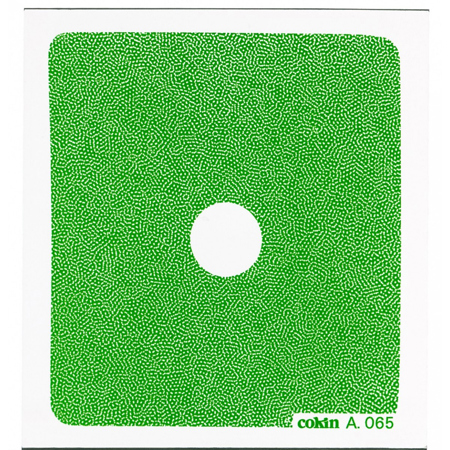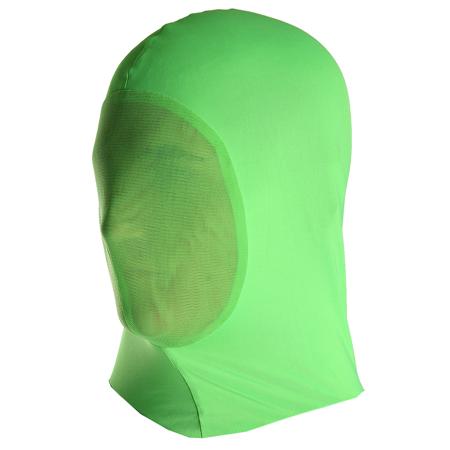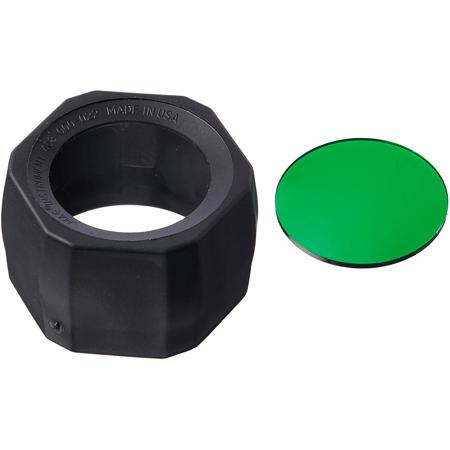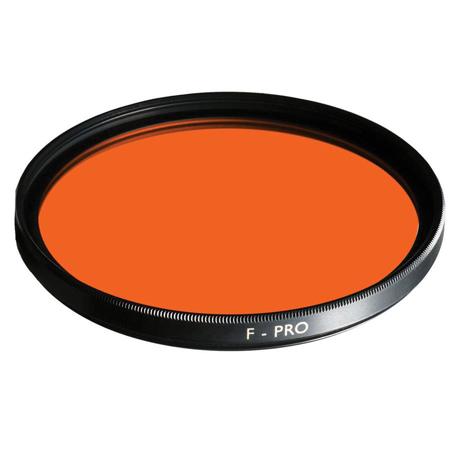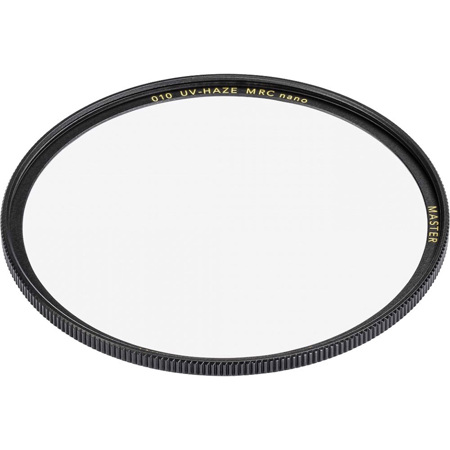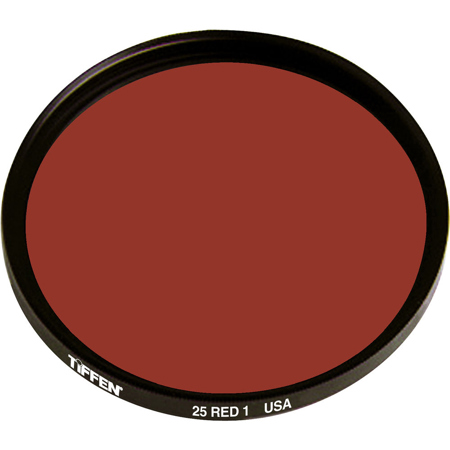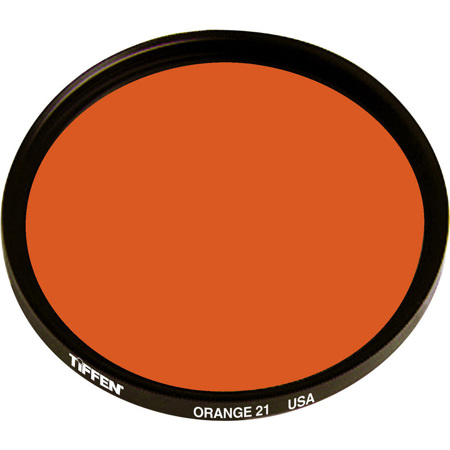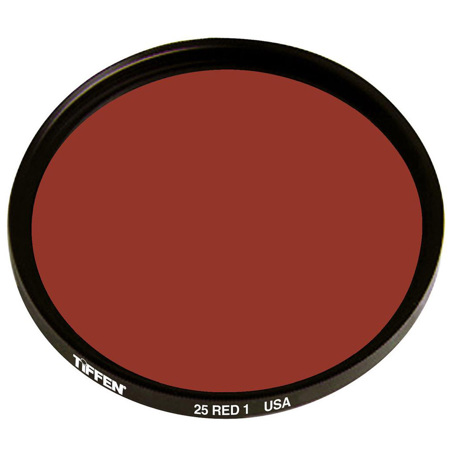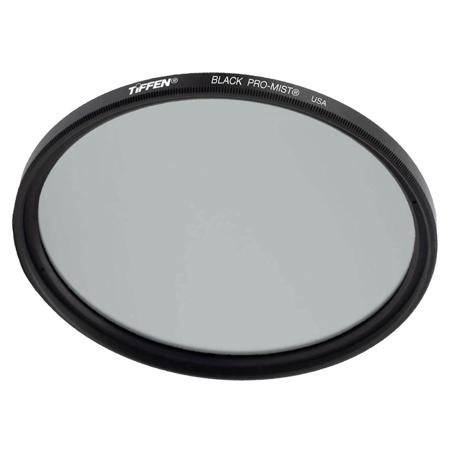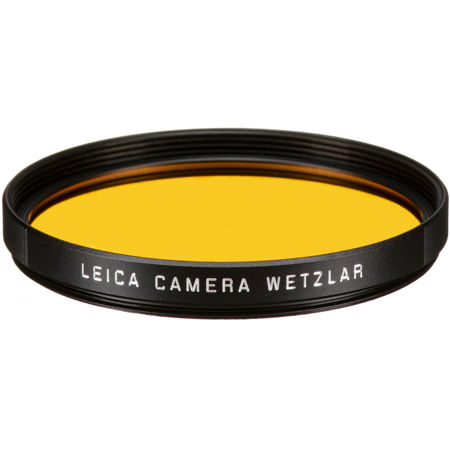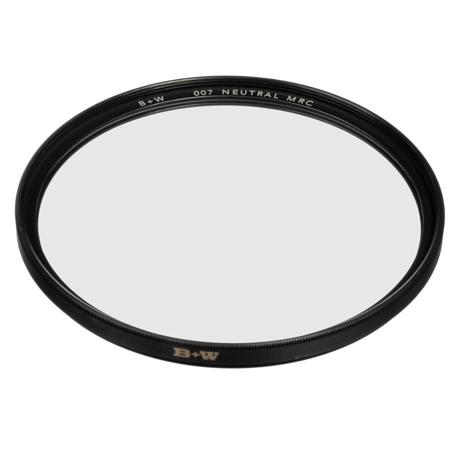Green Filters
Green filters have long been a staple in the toolkit of discerning photographers, especially those who are passionate about black and white photography. These filters subtly alter the way colors are rendered in monochrome images, transforming how foliage, skies, and skin tones appear in the final print. By absorbing red and blue wavelengths, a green filter enhances the separation of green subjects from their surroundings, making it a favorite for landscape and nature photographers who want to bring out the intricate textures and tonal variations in leaves, grass, and trees. The filtered green effect can turn a springtime forest into a tapestry of rich, detailed grays, allowing each leaf and blade of grass to stand out with remarkable clarity. This makes green filter photography especially rewarding during the lush months of May and early summer, when the natural world is bursting with vibrant greens that translate beautifully into nuanced monochrome compositions.
For portrait artists, green filters offer a unique tool for rendering skin tones with a slightly lighter touch compared to red or orange filters, making them ideal for capturing the subtle gradations in facial features without overemphasizing blemishes or freckles. The result is a more balanced and natural-looking portrait, particularly useful when working with subjects in outdoor settings surrounded by greenery. Green filters can also be invaluable in architectural photography, where they help distinguish stonework from surrounding vegetation, or in documentary work, where every detail counts. For students just starting to explore the world of analog photography, a green filter can be an eye-opening gift, encouraging experimentation with light and shadow and teaching the fundamentals of contrast and tonal separation. Seasoned professionals, meanwhile, often rely on green filters to achieve specific visual effects that can’t be replicated in post-processing, especially when working with film.
When selecting a green filter, consider factors such as the filter’s density, the thread size to match your lens, and the type of photography you intend to pursue. Some filters offer a subtle effect, perfect for nuanced landscape scenes, while others provide a more pronounced contrast, ideal for dramatic black and white portraits. Durability is also key, particularly if you plan to shoot in rugged outdoor environments where your gear might be exposed to the elements. Green filters are compact and easy to carry, making them a thoughtful addition to any photographer’s kit—whether as a gift for a friend who’s passionate about analog photography or as a practical investment in your own creative journey. For those looking to expand their filter collection and experiment with different monochrome effects, exploring complementary options like Black Filters can open up new possibilities for creative expression. No matter your level of experience, the right green filter can transform your approach to black and white photography, revealing new layers of depth and detail in every scene.
For portrait artists, green filters offer a unique tool for rendering skin tones with a slightly lighter touch compared to red or orange filters, making them ideal for capturing the subtle gradations in facial features without overemphasizing blemishes or freckles. The result is a more balanced and natural-looking portrait, particularly useful when working with subjects in outdoor settings surrounded by greenery. Green filters can also be invaluable in architectural photography, where they help distinguish stonework from surrounding vegetation, or in documentary work, where every detail counts. For students just starting to explore the world of analog photography, a green filter can be an eye-opening gift, encouraging experimentation with light and shadow and teaching the fundamentals of contrast and tonal separation. Seasoned professionals, meanwhile, often rely on green filters to achieve specific visual effects that can’t be replicated in post-processing, especially when working with film.
When selecting a green filter, consider factors such as the filter’s density, the thread size to match your lens, and the type of photography you intend to pursue. Some filters offer a subtle effect, perfect for nuanced landscape scenes, while others provide a more pronounced contrast, ideal for dramatic black and white portraits. Durability is also key, particularly if you plan to shoot in rugged outdoor environments where your gear might be exposed to the elements. Green filters are compact and easy to carry, making them a thoughtful addition to any photographer’s kit—whether as a gift for a friend who’s passionate about analog photography or as a practical investment in your own creative journey. For those looking to expand their filter collection and experiment with different monochrome effects, exploring complementary options like Black Filters can open up new possibilities for creative expression. No matter your level of experience, the right green filter can transform your approach to black and white photography, revealing new layers of depth and detail in every scene.
